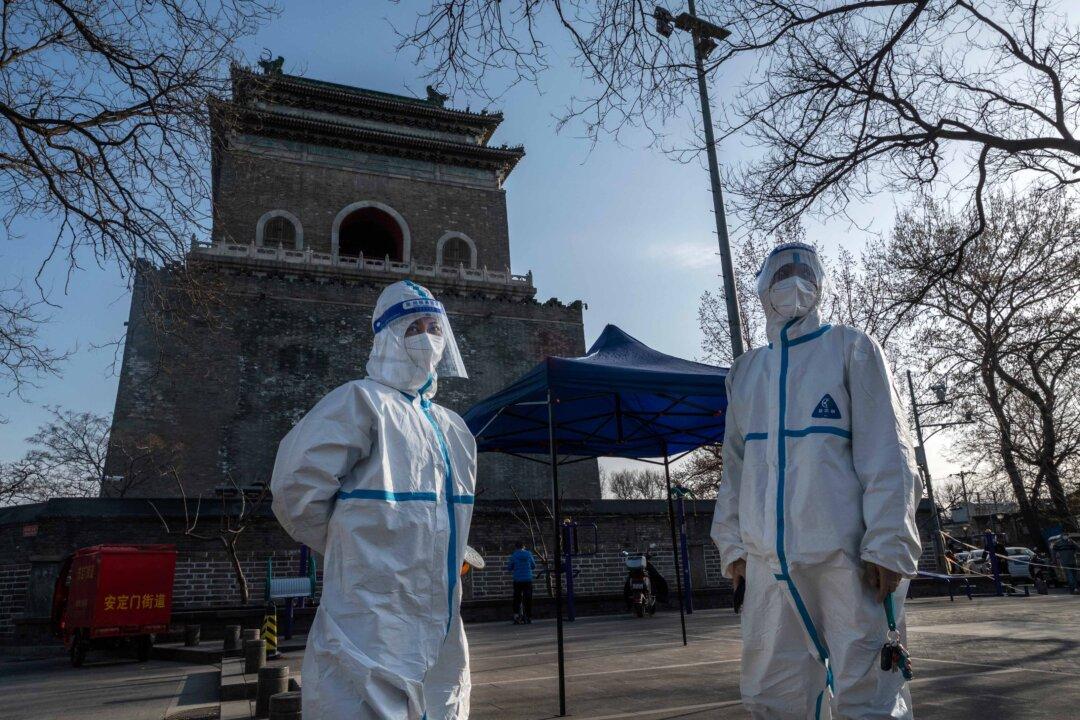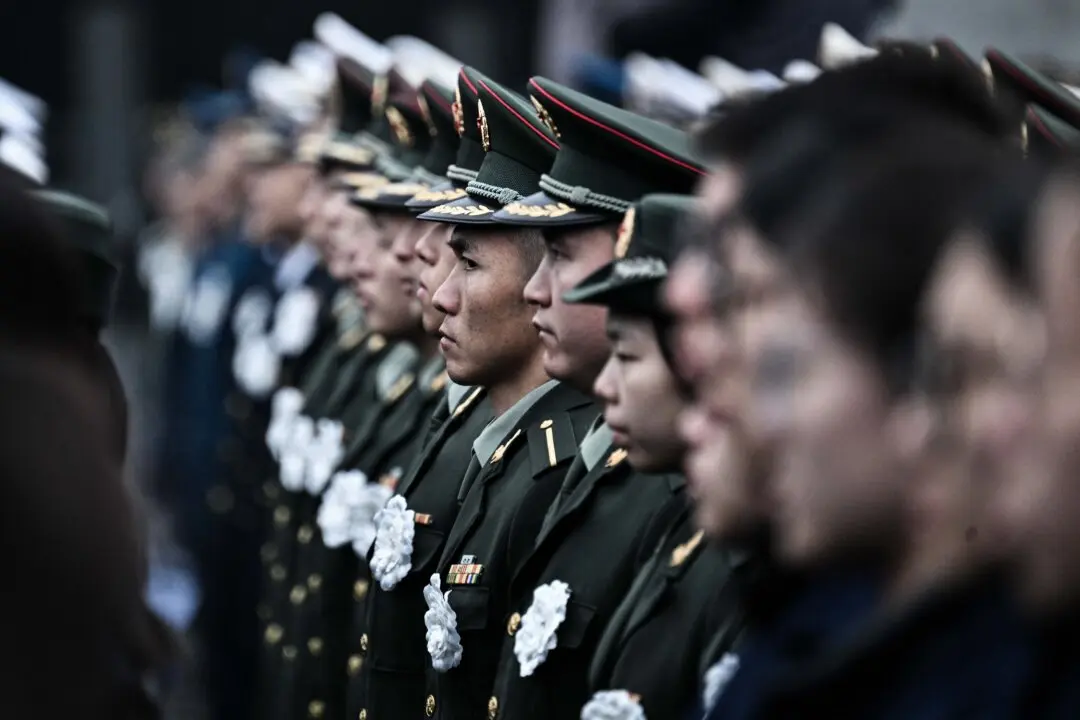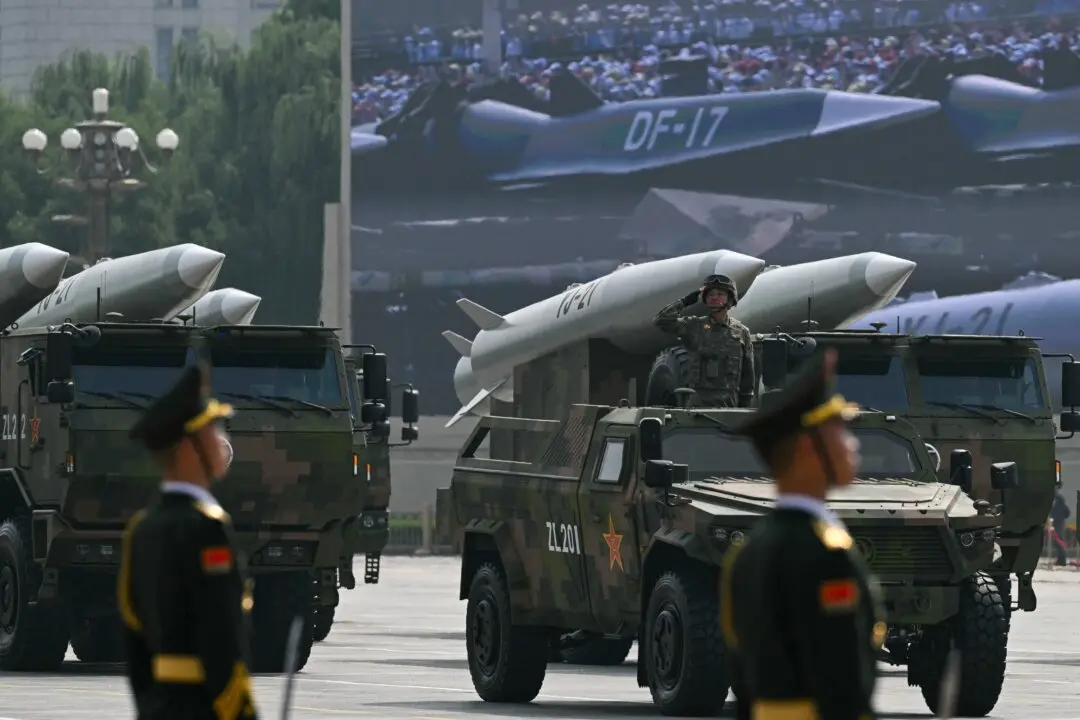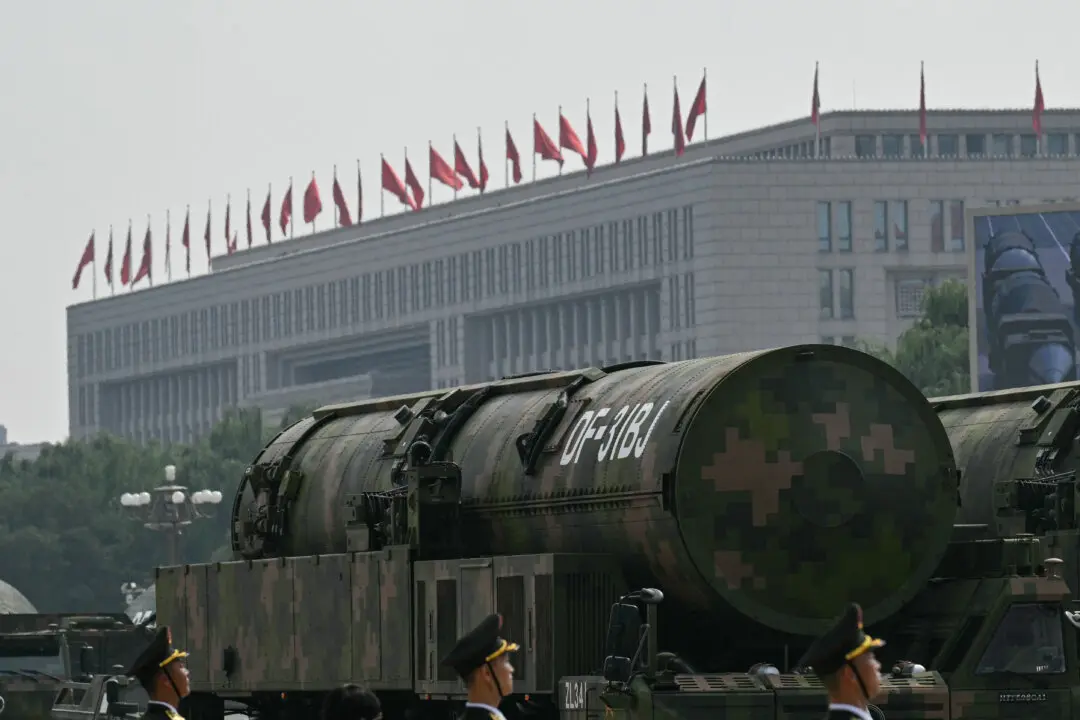An expert panel convened by the World Health Organization (WHO) said the virus that causes COVID-19 is likely from animals, probably bats, but further data are needed to explain how the virus jumped to humans, including the possibility of a lab-leak incident.
In its first report released on June 9, the WHO’s scientific advisory group recommended “further investigations” to evaluate whether a laboratory incident is a pathway to humans and other possible scenarios, though it said there “has not been any new data made available” to assess the lab-leak theory.




